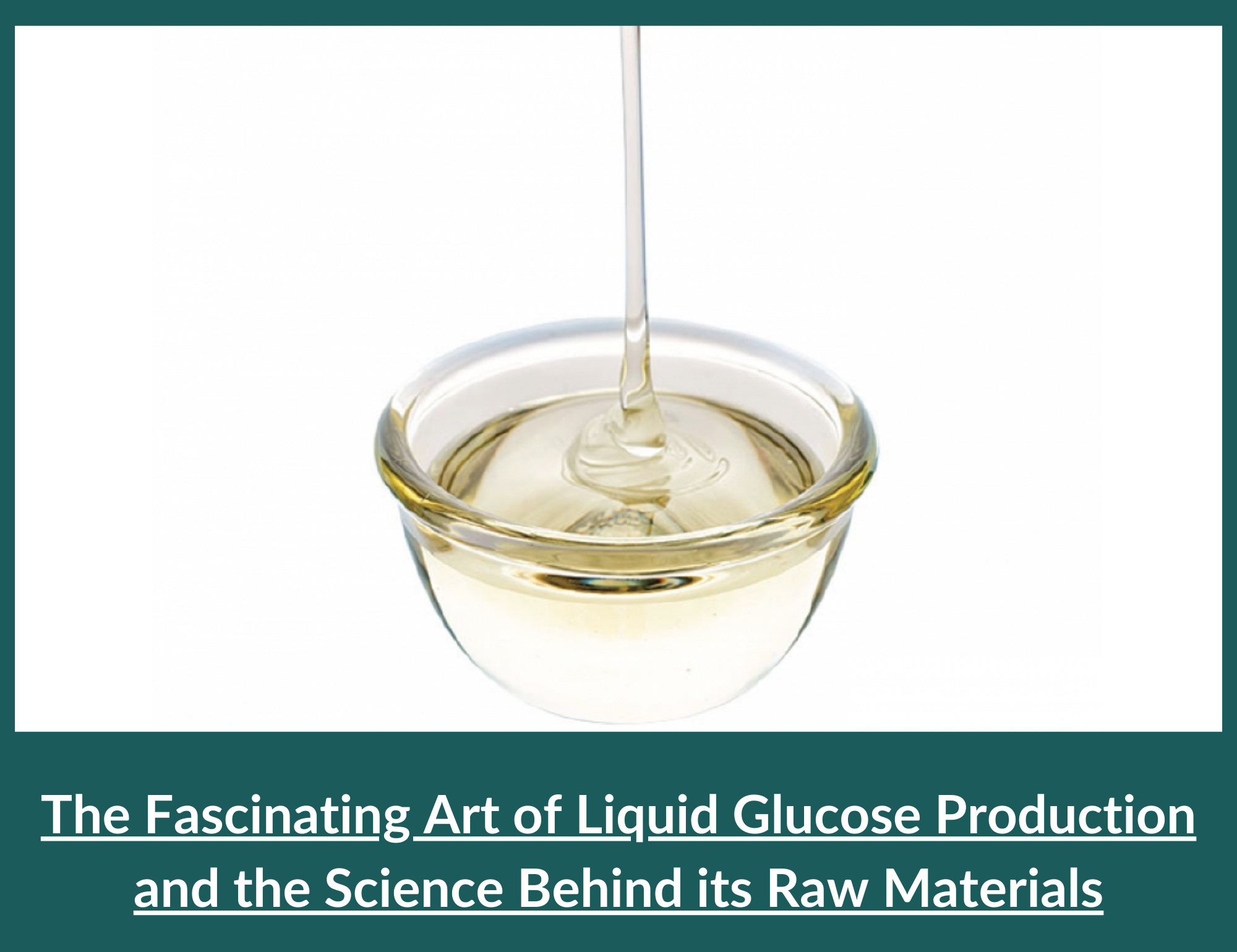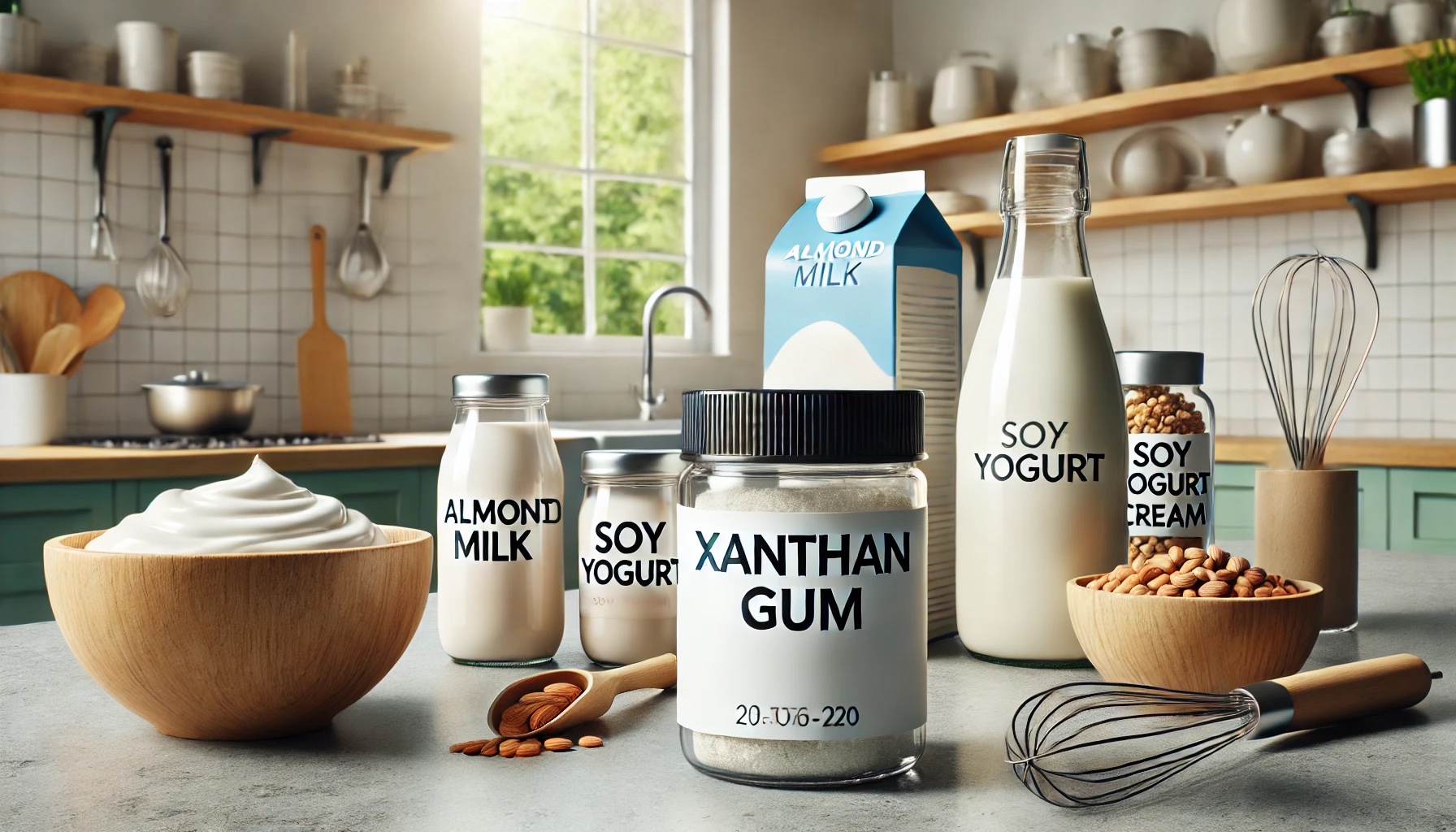Liquid glucose is a highly versatile ingredient widely used in the food and beverage industry, as well as in pharmaceuticals and cosmetics. It is derived from the hydrolysis of starch, primarily from corn or wheat. The production of liquid glucose is a complex process that involves several stages and requires careful control of various parameters. This article provides an overview of liquid glucose production, including the raw materials and manufacturing process.
Raw Materials
The main raw material used to produce it is starch, primarily derived from corn or wheat. The quality of the starch used can have a significant impact on the properties of the final product. The starch should be free from impurities, such as proteins and minerals, and have high amylopectin content.
Other raw materials include water, sulfuric acid, and enzymes.
Manufacturing Process of Liquid Glucose
The production of liquid glucose typically involves the following stages:

Starch Preparation:
The starch is cleaned to remove impurities and then milled into a fine powder. The starch powder is then mixed with water to form a slurry, which is then treated with sulfuric acid to reduce the pH and break down the starch molecules.
Enzymatic Hydrolysis:
The slurry is then heated to a specific temperature and pH, adding enzymes such as alpha-amylase and glucoamylase. The enzymes catalyze the hydrolysis of the starch molecules into glucose and other saccharides. The hydrolysis reaction is typically carried out in stages, with the temperature and pH carefully controlled to optimize the yield and quality of the liquid glucose.
Filtration and Decolorization:
The hydrolysate is then filtered to remove any residual solid particles and impurities. The resulting solution is then treated with activated carbon to remove color and odor compounds.
Concentration and Purification:
The filtered solution is then concentrated by evaporation to increase the solids content and reduce the water content. The concentrated solution is then further purified by treatment with ion exchange resins to remove any residual impurities and minerals.
Final Processing and Packaging:
The purified liquid glucose is then cooled and packaged into containers for distribution and storage.
In conclusion, liquid glucose production is a complex process involving several stages and careful control of various parameters. The main raw material used is starch, primarily from corn or wheat. The process involves enzymatic hydrolysis, filtration, decolorization, concentration, and purification.
Understanding the manufacturing process and raw materials is essential for producing high-quality liquid glucose for various applications.
Experience the convenience of purchasing Liquid Glucose with EasyBuy! Say goodbye to sourcing difficulties and avail exceptional deals on high-quality ingredients for your food manufacturing needs.
Don’t miss out, streamline your procurement process and make your purchase through EasyBuy now!
Citations
- Shukla, R., Cheryan, M., & Shahidi, F. (2002). Starch derivatives: production, properties, and uses. In Handbook of functional foods (pp. 377-405). CRC Press.
- Kumar, R., Choudhary, V., Mishra, S., & Varshney, V. (2011). Liquid glucose: a potential ingredient in the food industry. Journal of food science and technology, 48(5), 577-583.
- Parikh, D. M., & Parikh, J. R. (2014). Liquid glucose and its applications in the food industry. International Journal of Science and Research (IJSR), 3(8), 1686-1690.








